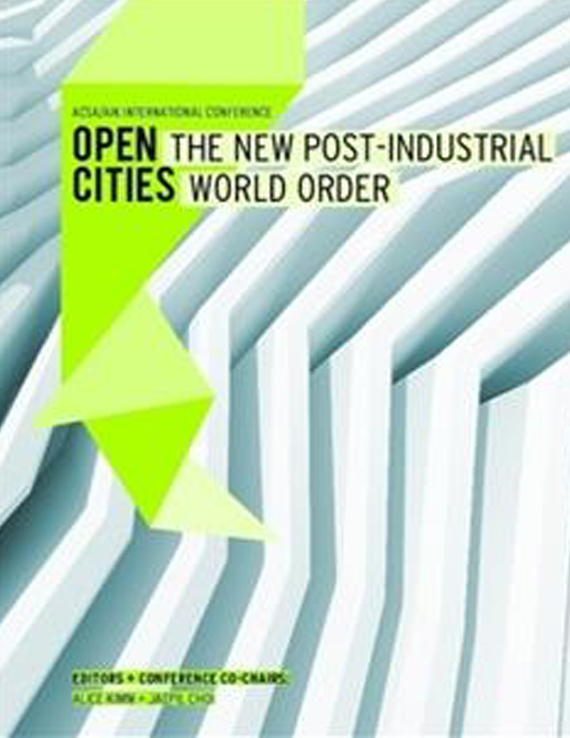Author(s): Alexandra Staub
One of the largest economic drivers in current-day Asia is China, a country thathas experienced double-digit GDP growth for most of the past decade.(1) With acentralized government still able to move mountains through policy, China’s citieshave grown tremendously, both in terms of physical development and population.Although high-profile prestige projects, such as the buildings developed for theBeijing Summer Olympics in 2008 are the ones most often shown as the face ofChina’s new architectural allure, it is the country’s housing, an ubiquitous culturalneed, that has most changed the face of the nation.China’s housing typologies have changed dramatically in the past thirty years. Earlierforms evolved through cultural or political-economic demands: the one-storycourtyard house (si¬heyuan) was based on centuries-old traditions of family andkinship structures, while the mid-rise work unit housing built under communistrule was an expression of a centrally defined socialist lifestyle. Current housing hasbecome an expression of market-driven developer ideals, with the “sealed residentialquarter” (fengbi xiaoqu) having become China’s predominant new housingform. While some of these quarters, also called gated communities, are modestretrofits of older housing stock, others are lavish estates, with luxurious infrastructurefor residents who can afford to live there.Scholars are in disagreement over what role this housing plays for the new China.Some point with dismay to the growth of the new luxury estates, the manner inwhich they divide and swallow urban space, and the class stratification their restrictedaccess creates. Others consider the idea of “gated space” a historicallybased and thus natural evolution of vernacular Chinese housing forms. Most agreethat while the gated communities resemble their counterparts in the West inmany ways, Western spatial and social theory can explain neither the gating trendthat has taken Chinese cities by storm, nor its consequences. The phenomenonof the “sealed residential quarter” and its implications for the Chinese city thusremain altogether under-theorized.This paper examines a range of studies (including the author’s own) that haveexamined China’s new, gated communities at various scales, and overlays themwith existing urban theories, most of which have been developed in the West.Preliminary findings in the authors’ own work show that contrary to what is commonlyassumed, people’s use of urban and privatized neo-urban spaces in Chinais in many ways similar to the use of such spaces in Western contexts, yet thatimportant differences also exist. This lends support to the idea of a “globalized urbanidentity” and the need to re-think how such urban spaces are being created inChina today. In part through a rapid advancement of new urban structures, Chinaas well as much of the rest of Asia has remained marginalized in the theorization ofhow urban space is created and used, with much of the literature still centered onWestern models. This paper contributes to a vital expansion of the current debate.1. The World Bank, “GDP growth (annual %)” http://data.worldbank.org/indicator/NY.GDP.MKTP.KD.ZG, accessed January 5, 2014.
Volume Editors
Alice Kimm & Jaepil Choi
ISBN
978-0-935502-91-6

 Study Architecture
Study Architecture  ProPEL
ProPEL 
